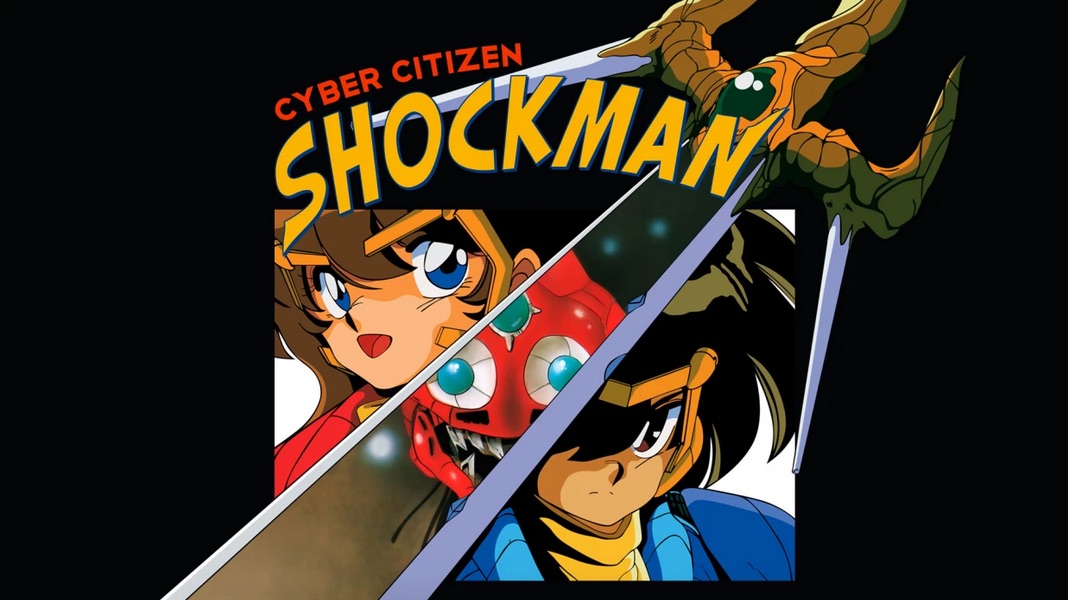In 1991, the few gamers who owned a TurboGrafx-16 had Shockman. It was a reasonably standard action platformer with gameplay similar to the Mega Man series. It stood out among other titles released in the West for its anime-inspired visuals before anime was mainstream.
Little did TurboGrafx-16 players know, their henshin game was a sequel to a lesser-known title known as Kaizou Choujin Schbibinman. For some reason, out of the four games in this franchise, only the first sequel came to the West.
While Japanese gamers got to enjoy a sequel on the PC Engine CD in 1992 and the final entry on Super Famicom in 1997; the west has finally seen a release of Kaizou Choujin Schbibinman. How does this extremely late localization hold up? Is this obscure Japanese-only action platformer from 1989 worth a try today? Find out in this Cyber Citizen Shockman review!
Cyber Citizen Shockman
Developer: Masaya Games, NCS
Publisher: Ratalaika Games
Platforms: PC Engine (as Kaizou Choujin Shubibinman), Xbox One, Xbox Series X|S, PlayStation 4, PlayStation 5, Nintendo Switch (reviewed)
Release Date: May 19, 2023, March 18, 1989
Players: 1-2
Price: $5.99 USD
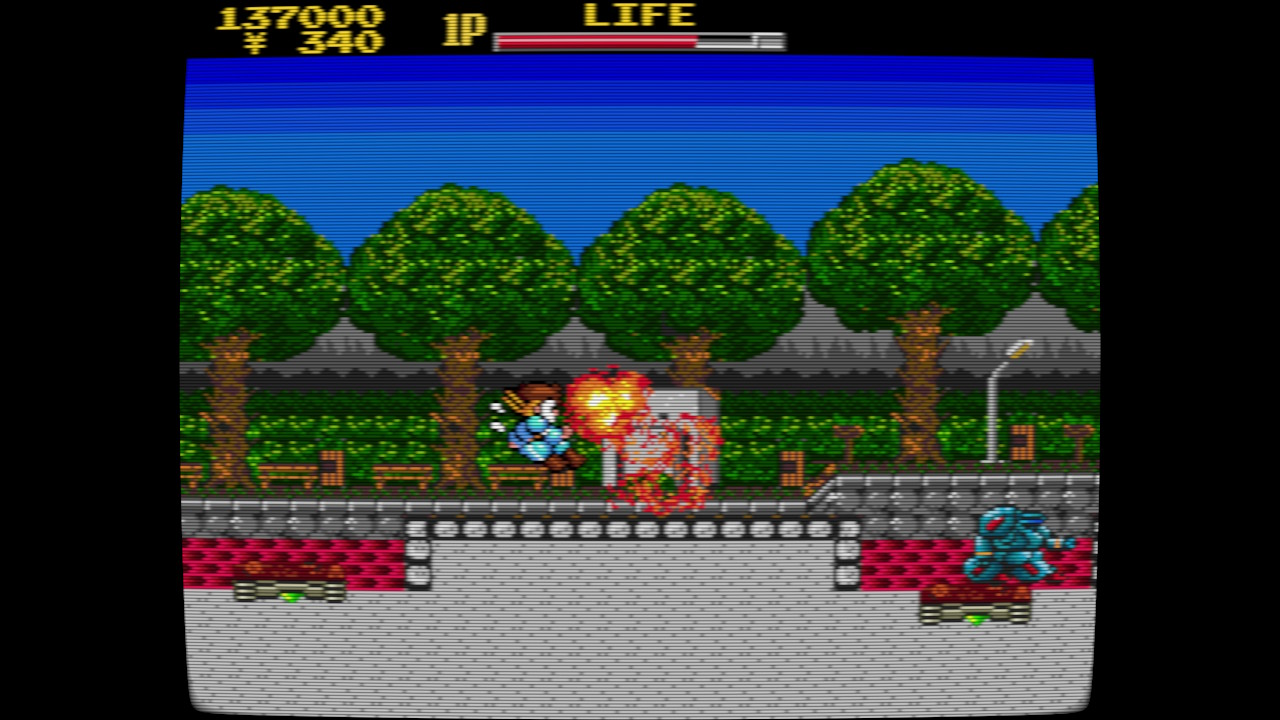
Cyber Citizen Shockman is a look back in the time of the cultural zeitgeist of Japan in the 1980s. The protagonists are classic-style tokusatsu superheroes, clad in cool armor and armed with a sword. There is a white-haired scientist who is reminiscent of Doc Brown from Back to the Future and there’s a baddie who wears a mask that looks like Darth Vader.
The story is about an invading force known as Evul Group and they come with an army of Gundams, robot monkeys, and a bunch of dragons. Doc Brown isn’t having any of this, so he kidnaps either Tasuke or Kyapiko (depends on who the player picks), and transforms them into a super fighting cyborg, known as “Shockman”.
Shockman, (not to be confused with Shakma) has his (or her) hands full since going up to the CEO of the Evul Group is not an option, because every house along the way is being held hostage. Players have to make their way through the neighborhood that is represented by a map screen and select the stage they wish to play.

Every building comes with a power-up when beating the stage boss. It takes the form of the resident offering something like a health restore, defense boost, HP expansion, or some other kind of permanent upgrade. This matters because it is possible to get to the final stage by only saving a few hostages. Not that you would want to because Cyber Citizen Shockman is difficult.
Unless you exploit the rewind feature, getting every single upgrade and saving the hostages is a must. This is a game from the late 80s, so it is very hard. This was from a time when the only way to make a game longer, meant that it had to be punishingly cruel. In the 80s, it was expected to restart an entire level when you lost and it was common for games to have utterly cheap hazard placement.
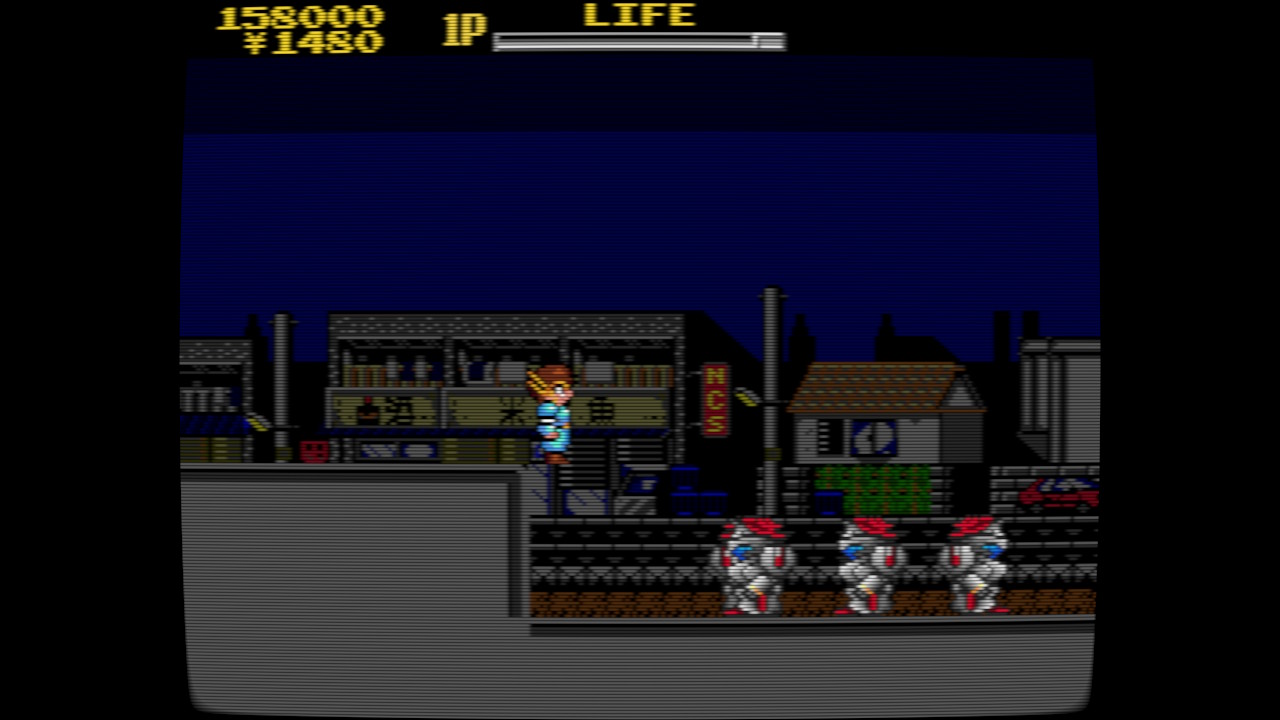
Cyber Citizen Shockman is no different than any other hard-as-nails title from the 80s. It didn’t innovate or have clever game design. Most of the time it borders one being unplayable. Unfortunately, the controls will be a barrier to entry for almost anyone who tries to play this today. The heroes both play identically and they both feel very unresponsive and have a laggy vertical leap.
Shockman feels like when you are having a nightmare and you are trying to run away from an abomination version of your grandmother. No matter how hard you try to move, it always feels like you can’t go fast enough. Jumping with momentum is difficult to control due to overdone weight physics, so players will have to constantly correct trajectory when trying to land on platforms or avoid annoyingly placed spikes.

Hit-boxes are also much bigger than the sprite art would suggest. Shockman can be a head and a half away from a boss sprite and still get hit, which leads to a lot of guesswork on how close he/she can get to his target with his pathetic sword. The best strategy usually is spamming sword attacks faster than your HP can drop and hopefully win. There are patterns to learn, but Shockman’s controls make evasion feel like a chore and less of a challenge.
A full year before Cyber Citizen Shockman, the NES had the likes of Super Mario Bros. 3 and Mega Man 2; two examples of action platformers with responsive gameplay and stimulating level design. It didn’t have to be so bothersome to play, but it is possible to adapt to its pace.
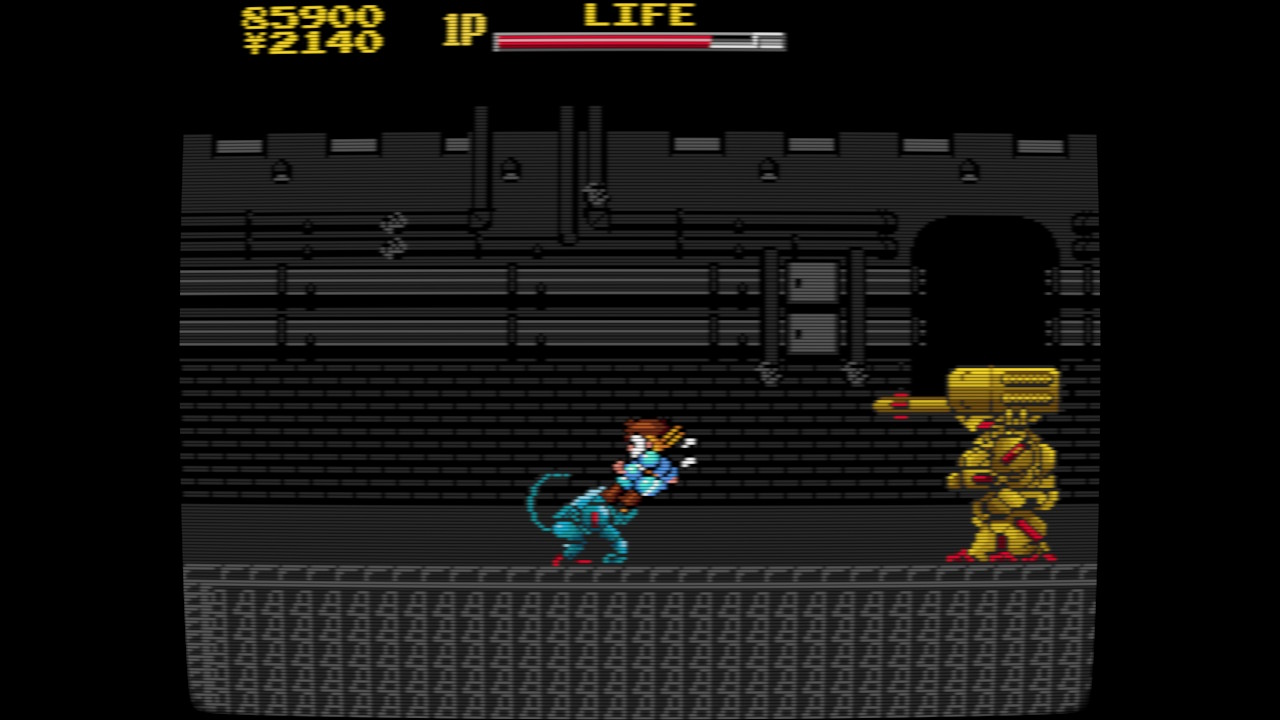
After adjusting to Cyber Citizen Shockman’s crap factor, the graphics will stand out as pretty good for a game from 1989. It doesn’t have much variety; most of the backgrounds are the same recycled Japanese prefectures or parks. Enemy sprites are also limited and the game resorts to pallet swapping them to desperately create the illusion of diversity.
The most egregious example is the boss sprites. There are only two regular bosses that get recycled at every stage; a dragon that gets used too often and a cool Gundum-looking mech. The only other boss sprite is the final boss which looks like a bug-eyed motherbrain.
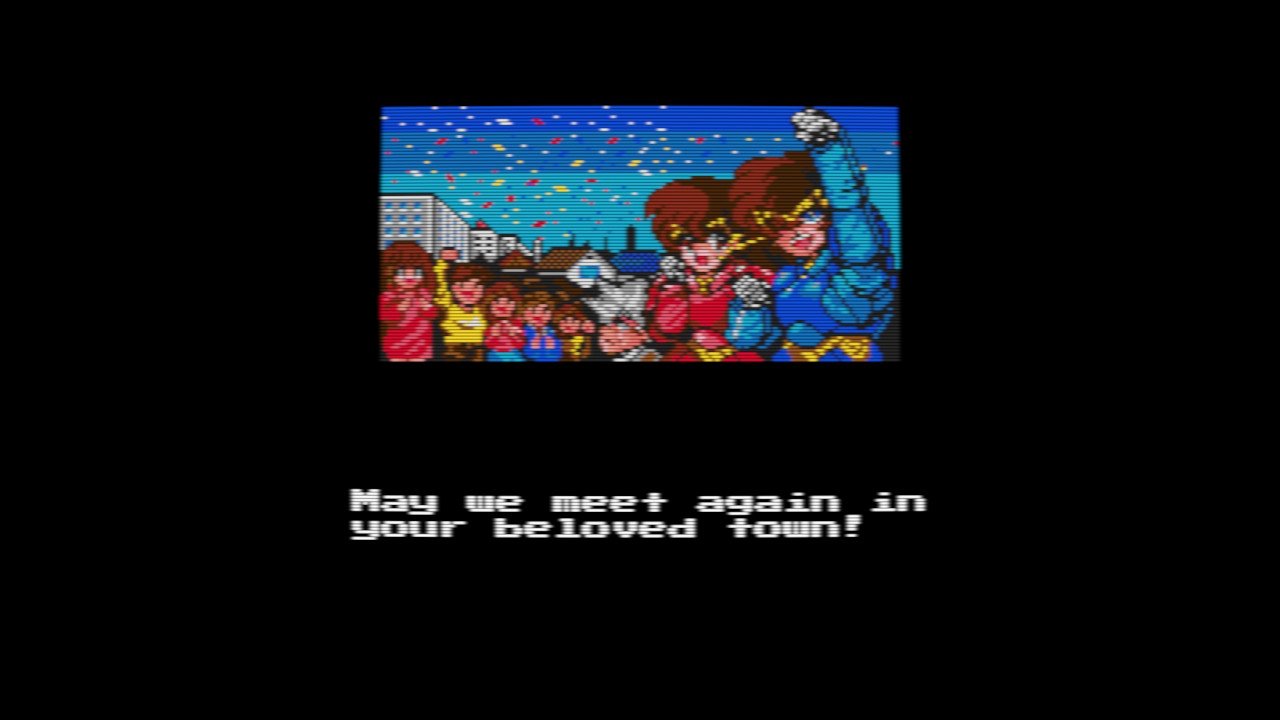
Cyber Citizen Shockman is only for the most hardcore retro enthusiasts. Modern gamers won’t find a lot of enjoyment with the high difficulty, nor will they be willing to adapt to its admittedly iffy controls. It does not have enough variety to keep interested and both playable characters control the same.
The appeal of Cyber Citizen Shockman is its nostalgia factor. The sights and sounds will take you back to the days of New Coke, Ronald Regan, and gaming on a hardwood floor with your friends that you long since lost touch with. When it comes to an end, older gamers might find themselves feeling wistful for the days they were young and full of potential.
Cyber Citizen Shockman was reviewed on Nintendo Switch using a code provided by Ratalaika Games. Additional information about Niche Gamer’s review/ethics policy can be found here. Cyber Citizen Shockman is now available for Xbox One, Xbox Series X|S, PlayStation 4, PlayStation 5, and Nintendo Switch.
